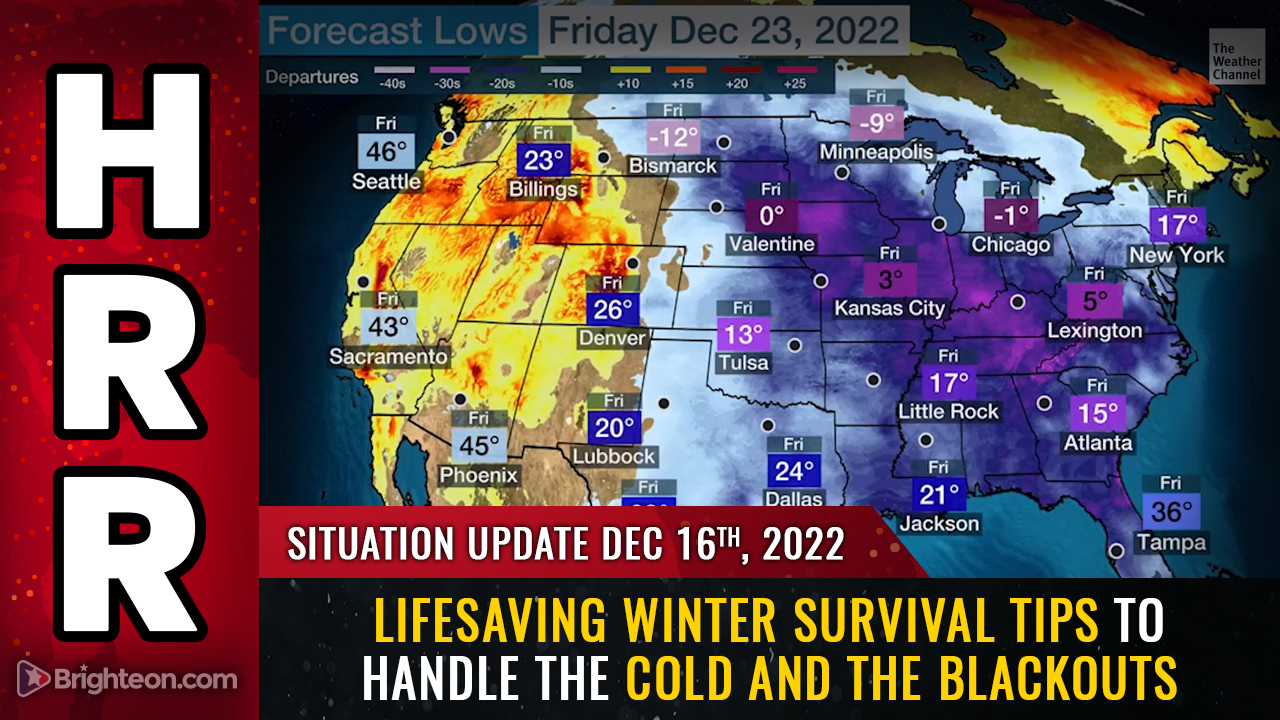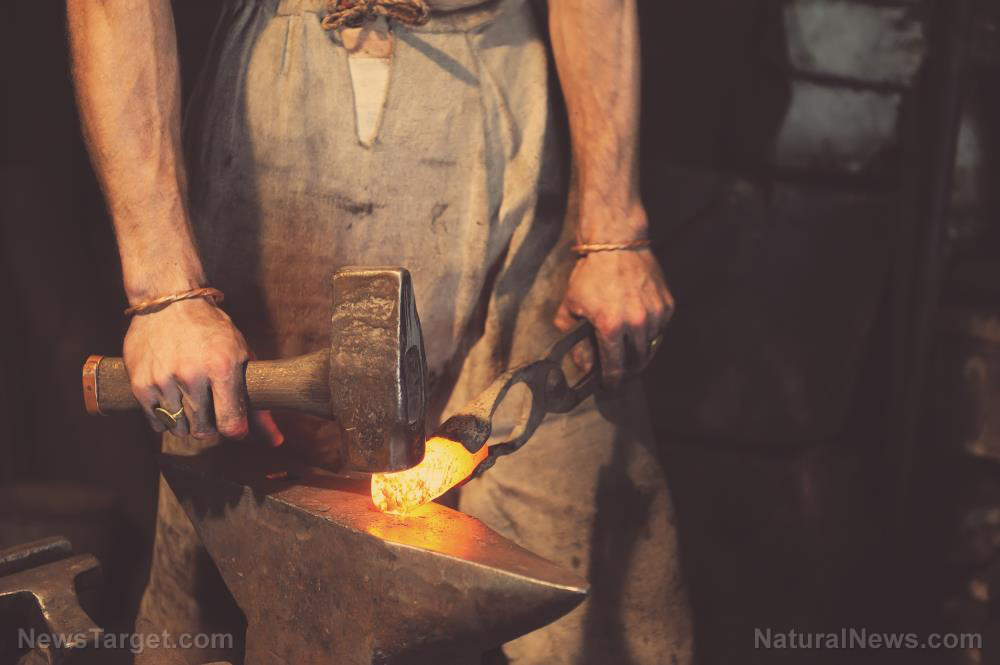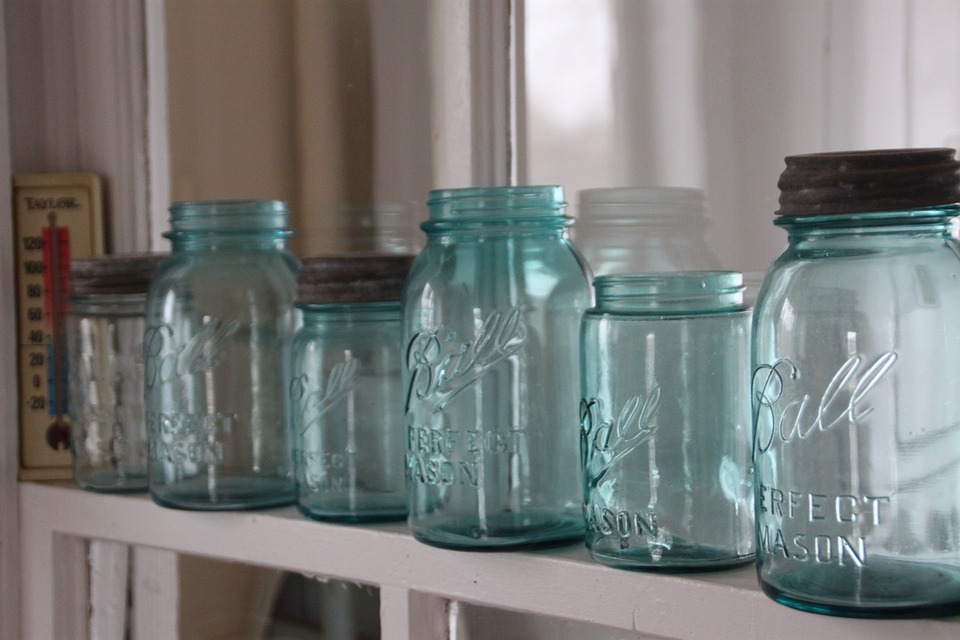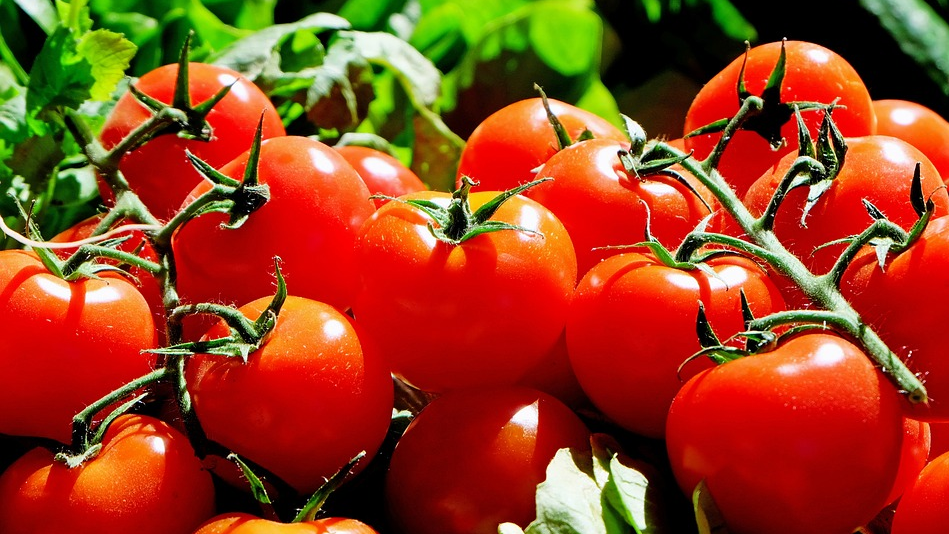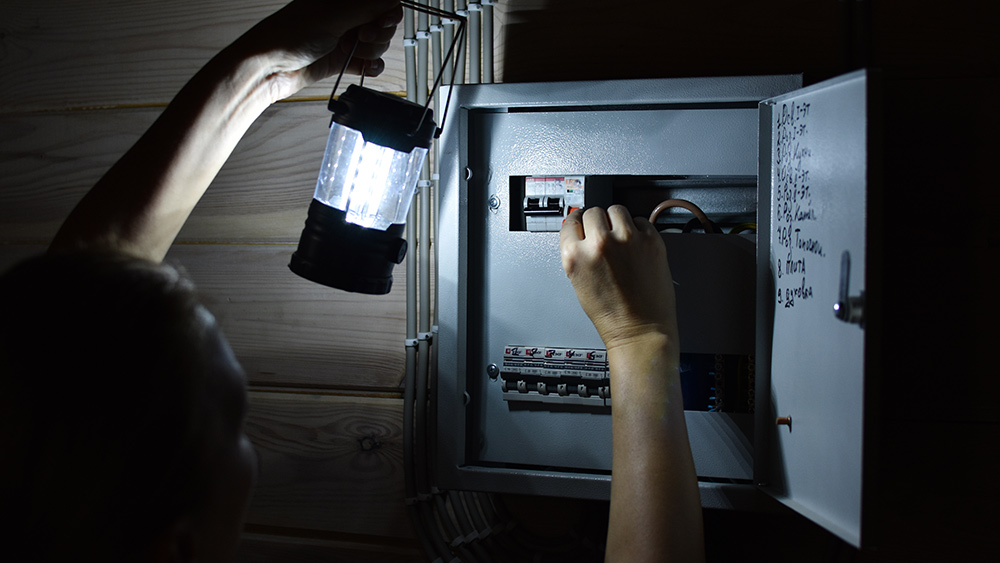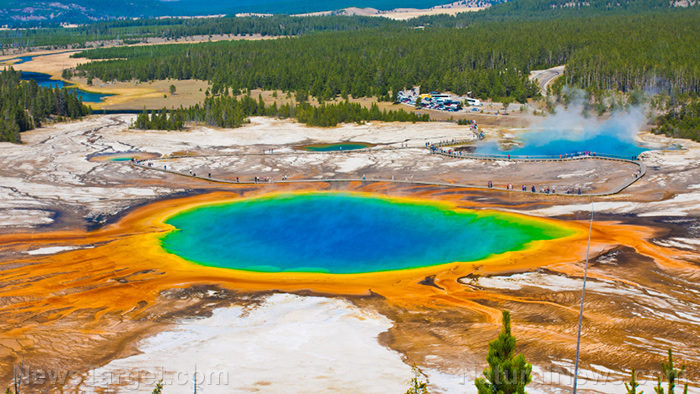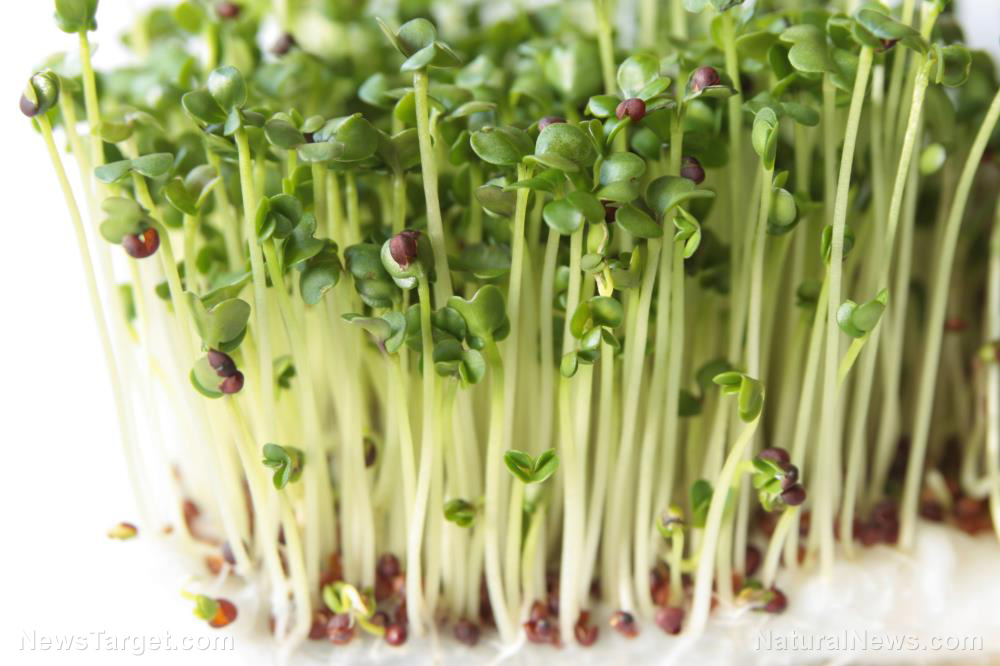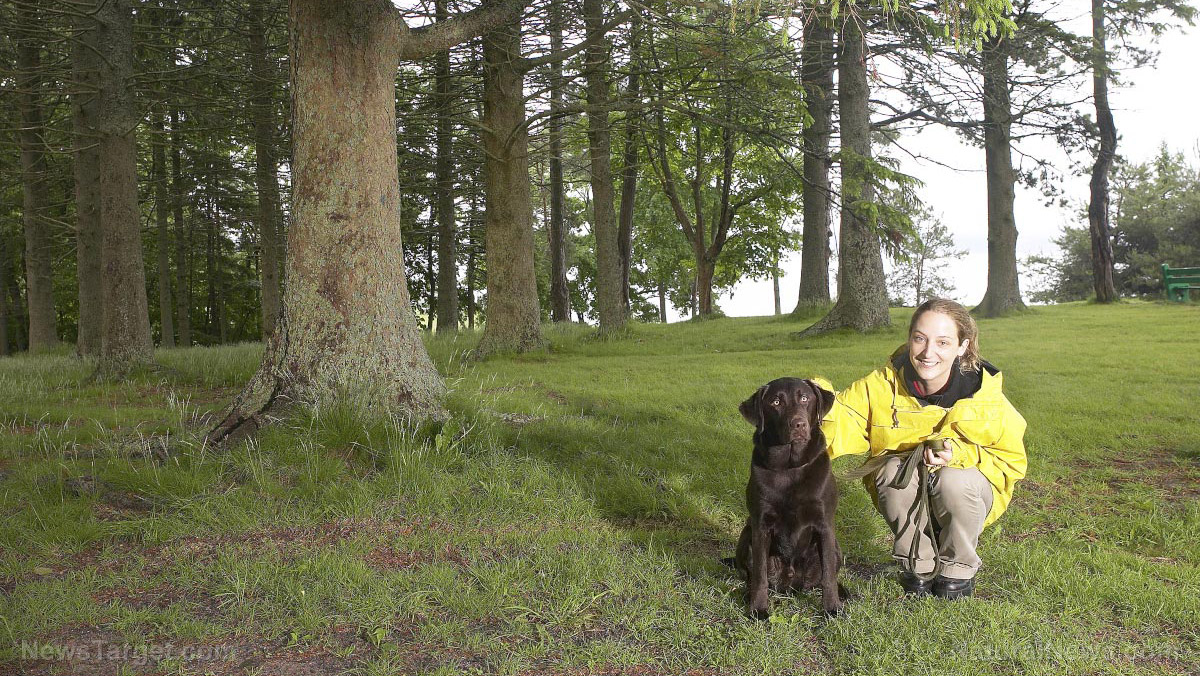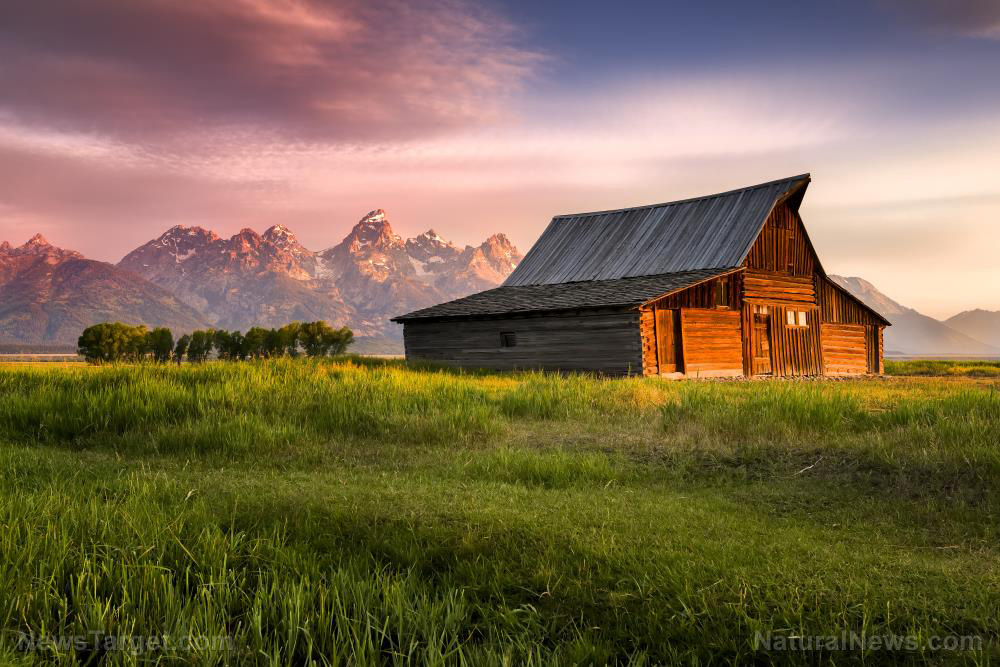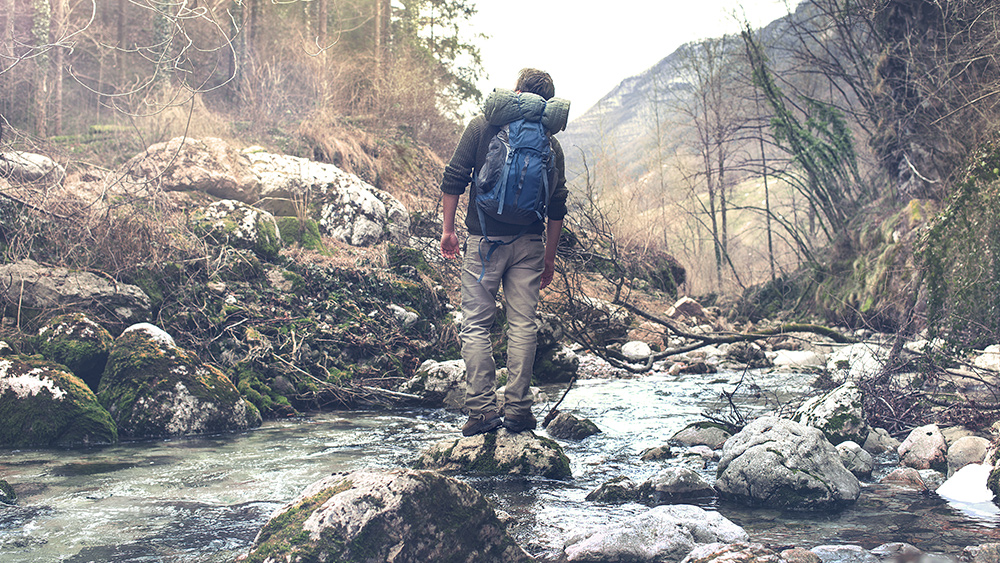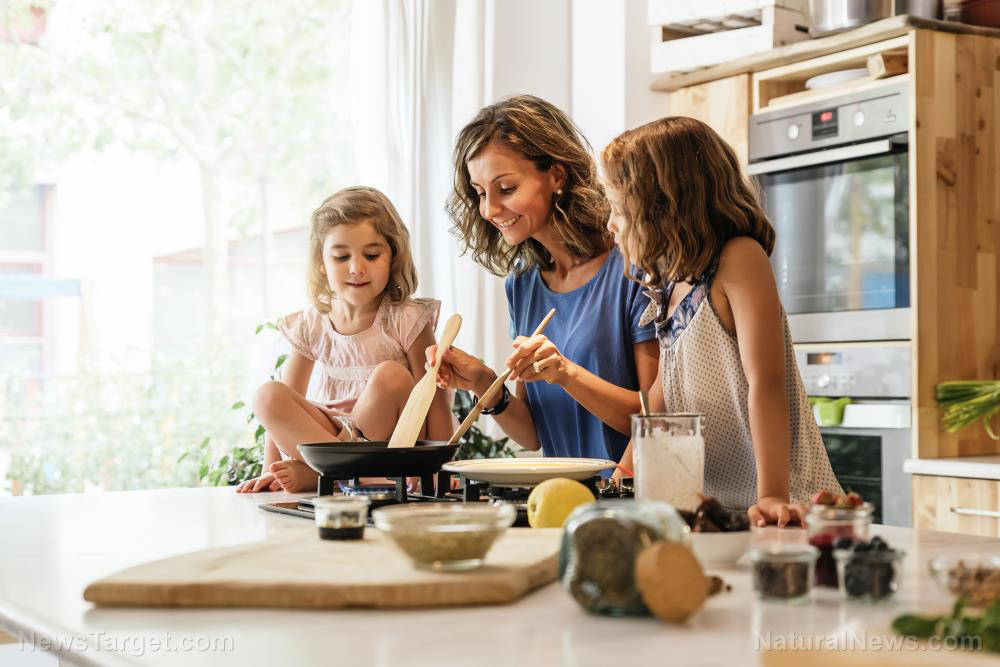Home gardening tips: How to grow onions from seed
11/30/2022 / By Zoey Sky
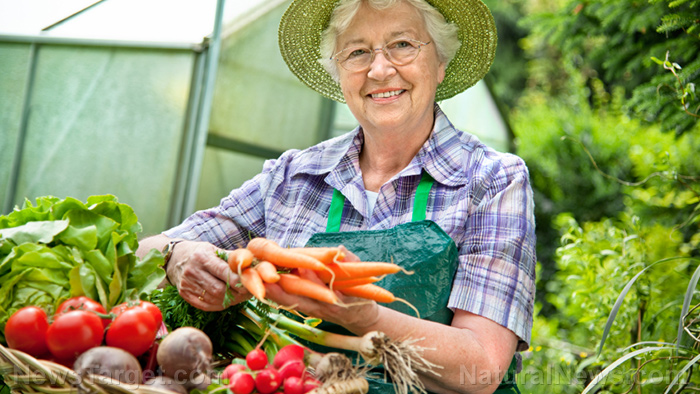
Instead of buying onions every time you’re at the grocery, learn how to grow them from seed so you can just harvest onions from your backyard whenever you need them.
If you have excess crops, you can sell them or make preserved onions for your stockpile to consume throughout the year.
Compared to other vegetables and herbs, onions are usually very low-maintenance once planted. If you plant the right varieties, you can store onions for up to 12 months.
Types of onions and onion varieties
When growing onions, especially if you want to grow enough for your family for at least one year, you need to start by choosing the right type of onion for your growing zone.
Narrow your choices down by finding out the types of onions that are good for long-term storage. You can also grow onions that aren’t good for long-term storage, but you should use those onions first.
There are short-day, day-neutral and long-day onions. Onion cultivars are grouped according to the number of daylight hours or day length required to trigger the beginning of bulb development.
- Short-day onions require 11 to 12 hours of daylight
- Intermediate or day-neutral onions require 12 to 14 hours of daylight
- Long-day onions require 14 or more hours of daylight
Onion varieties you can grow include:
- Copra – Yellow onion, grows well in northern regions
- Newberg – A yellow onion
- Patterson – A yellow storage onion
- Red wing – Red onion (Possibly a good storage variety.)
Tips for growing onions from seed
You can try planting either pelleted or regular seeds, but loose seeds may germinate faster than the pelleted variety. While there is nothing wrong with pelleted seeds, you pay more for them per seed and they take longer to germinate.
Onions usually have a lower germination rate than other vegetables you may be seeding starting indoors. When starting onions you may want to over-sow, so you don’t have to wait too long when some of your seeds don’t sprout.
Follow the tips below to start onions indoors to plant in early spring.
Use sterile soil
Using sterile soil may seem counterproductive when you want to have a good variety of microorganisms, but if you are starting seeds it’s better to use sterile soil for two reasons:
- Sterile soil won’t contain pathogens from the garden so you don’t have to worry about a bacterial or fungal disease like dampening-off or wilt disease. These diseases can affect baby seedlings grown indoors.
- It won’t contain bugs from the soil where bugs have laid their eggs. This helps prevent the spread of insects indoors.
Choose the right container
When growing onions, you need a container that’s a bit deeper than what you normally use for other vegetables for proper bulb formation.
Simply repurpose the plastic clamshell containers that lettuce comes in at the grocery store. These plastic containers make a great greenhouse while the seeds are sprouting, and they are deep enough that you don’t need to pot up the onions before it’s time to plant them in the garden.
Plant the seeds
Use your finger and drag it across the soil in a line about 1/4 inch deep and one inch apart.
Densely sow the onion seeds and cover them with just a sprinkling of soil. Thin them out later as needed.
Water the seeds
Use a spray bottle to water the soil until damp. Gently water the seeds so they don’t get moved around. The soil must be damp, not sopping or pooling.
Never let the top of the soil dry out during the germination phase. To prevent this, check the soil throughout the day and keep the seeds damp.
If you’re using a plastic clamshell container, you don’t need a grow light since you can keep the seeds in the kitchen where you can monitor them.
Use a grow light
Once the seeds have germinated or sprouted, move them under a grow light. The onions should start growing taller and they will look like tiny green onions.
When the onion tops grow to about six to eight inches tall, trim them down with scissors to about four inches. The tops will keep growing so continue trimming them.
The onion top trimmings can be used and eaten like green onions.
Transplanting onions into your garden
When it’s time to transplant the onions in the garden, it’s important to harden them off to prepare the plants for colder temperatures.
Onion sets can be planted outdoors about four to six weeks before the last frost date. This allows the bulbs to get about as big as the bulbs on onion sets that you buy from the store so you have extra growing time.
Direct-sowing onions

If you want to skip starting onions indoors, direct sow onion seeds once the soil temperature is 35 F.
Note that if you do this, your onions will take longer to grow than planting onion sets (which is what you will grow indoors). Additionally, your harvest may be closer to a fall harvest rather than an early to mid-summer harvest.
If you want to stock up on onions, learn how to plant, grow and harvest onions from seed.
Watch the video below for more tips on how to plant onions.
This video is from the Backyard Farming channel on Brighteon.com.
More related stories:
All-purpose garden plan: How to feed a family of four.
A beginner’s guide to growing scallions or green onions (includes recipes).
Top 41 nutrient-dense fruits and vegetables that you should incorporate into your diet.
Sources include:
Submit a correction >>
Tagged Under:
clean food, food independence, food supply, green living, Herbs, home gardening, homesteading, how-to, off grid, onions, organic farming, organics, preparedness, prepper, prepping, survival, sustainable living, tips, veggie
This article may contain statements that reflect the opinion of the author
Get independent news alerts on natural cures, food lab tests, cannabis medicine, science, robotics, drones, privacy and more from NewsTarget.com
Get independent news alerts on natural cures, food lab tests, cannabis medicine, science, robotics, drones, privacy and more from NewsTarget.com
RECENT NEWS & ARTICLES
COPYRIGHT © 2017 · SURVIVAL NEWS


